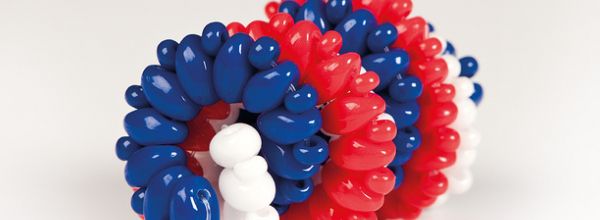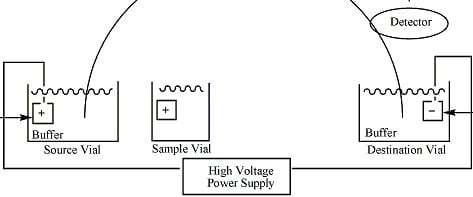In proteomics, it is very common to study posttranslational modifications. Lysine acetylation is the addition of acetyl groups to lysine residues on proteins. Lysine acetylation was initially found in histones, where it regulates gene expression and transcription activation. However, there are over 1700 acetylated proteins, and not all of them are histones. Non-histone lysine acetylation can regulate protein stability by influencing the crosstalk of proteins with the ubiquitin-proteasome pathway, leading to altered protein folding or function. In recent years, non-histone lysine acetylation has been implicated in important pathological processes in diseases like cancer and metabolic and inflammatory diseases. This has led to an increased interest in studying non-histone lysine acetylation.
This article provides five key steps to remember when detecting non-histone lysine acetylation.
1. Get the Correct Protein Sequence
It is important to be attentive to little details such as species or protein isoform when determining your protein sequence. Some proteins are very similar across species or isoforms; however, that little difference can make a huge difference in function and other properties. You can retrieve protein sequences from the UniProt database. Search for your protein of interest to retrieve a list of matching proteins, and make sure to check for the specific organism that your protein sample is derived from. You can download the sequence in FASTA format.
Another way to get your protein sequence is via the R programming software. The package “Peptides” allows you to download protein sequences directly from the database in FASTA format.
2. Predict Potential Lysine Acetylation Sites in silico
Before carrying out any in vitro experiments, it is important not only to review the literature, but also to do bioinformatic analyses to predict the presence and possible location of lysine acetylation in your protein. If you are conversant with R programming software, you can use the ASEB package from Bioconductor to predict lysine acetylation. If not, I recommend the GPS-PAIL algorithm. This algorithm looks for known lysine acetyltransferase binding sites in a protein sequence.
There are only a few simple steps for using the GPS-PAIL algorithm:
- First, upload a text file of your protein sequence in FASTA format, or copy and paste your protein sequence in the web browser.
- Then, choose which acetyltransferase binding sites you would like to predict.
- Finally, choose which threshold you prefer. A high threshold means higher specificity and lower sensitivity.
The results show the predicted lysine acetylation sites, the sequence surrounding that site, and a score that evaluates the potential of acetylation; a high score indicates a high probability of acetylation. Due to the limited knowledge of non-histone lysine acetyltransferases, the absence of a predicted site is not a guarantee that your protein does not contain a lysine acetylation site. In silico prediction must be accompanied by a thorough literature review and experimental tests.
3. Preserve Lysine Acetylation
In addition to all the common things you must do to maintain the integrity of your cell lysate(s), it is also important to maintain acetylation modifications. Add a deacetylation inhibitor to all buffers you use for sample preparation and analysis, and ensure that the buffers do not contain any chemicals that interfere with the deacetylation inhibitor(s).
Deacetylation inhibitors include nicotinamide, trichostatin A, and selisistat. You can also use a pre-made cocktail of deacetylation inhibitors. However, it is important to work out the best concentration of deacetylation inhibitors and induction times for your experiment, as this can vary in different conditions.
4. Enrich for Lysine-Acetylated Proteins
Enrichment can be achieved by immunoprecipitating lysine-acetylated proteins in your cell lysate using an antibody that recognizes acetylated lysine residues. When you’re carrying out an immunoassay, you must choose the right antibody, with high specificity and sensitivity.
5. Use the Right Controls
You can monitor non-specific binding during immunoprecipitation assays using an isotype control. An isotype control refers to an antibody that matches the class and type of primary antibody you used to immunoprecipitate your target protein, but is non-specific.
After immunoprecipitation, you can determine whether your protein is among the lysine-acetylated proteins via Western blotting or mass spectrometry.
Whether you use Western blotting or mass spectrometry for detecting non-histone lysine acetylation, you should include a positive and or negative control. A positive control could be a known lysine-acetylated protein sample, and a negative control could be a protein sample with no known lysine acetylation.
For clear detection during Western blotting, you should also use a different type of primary antibody to prevent complications due to antibody co-elution.
If you get these 5 things right, you will have very little or no issues detecting non-histone lysine acetylation on your protein. Do you have any additional tips for detecting non-histone lysine acetylation or other types of posttranslational modification? Leave a comment below.






